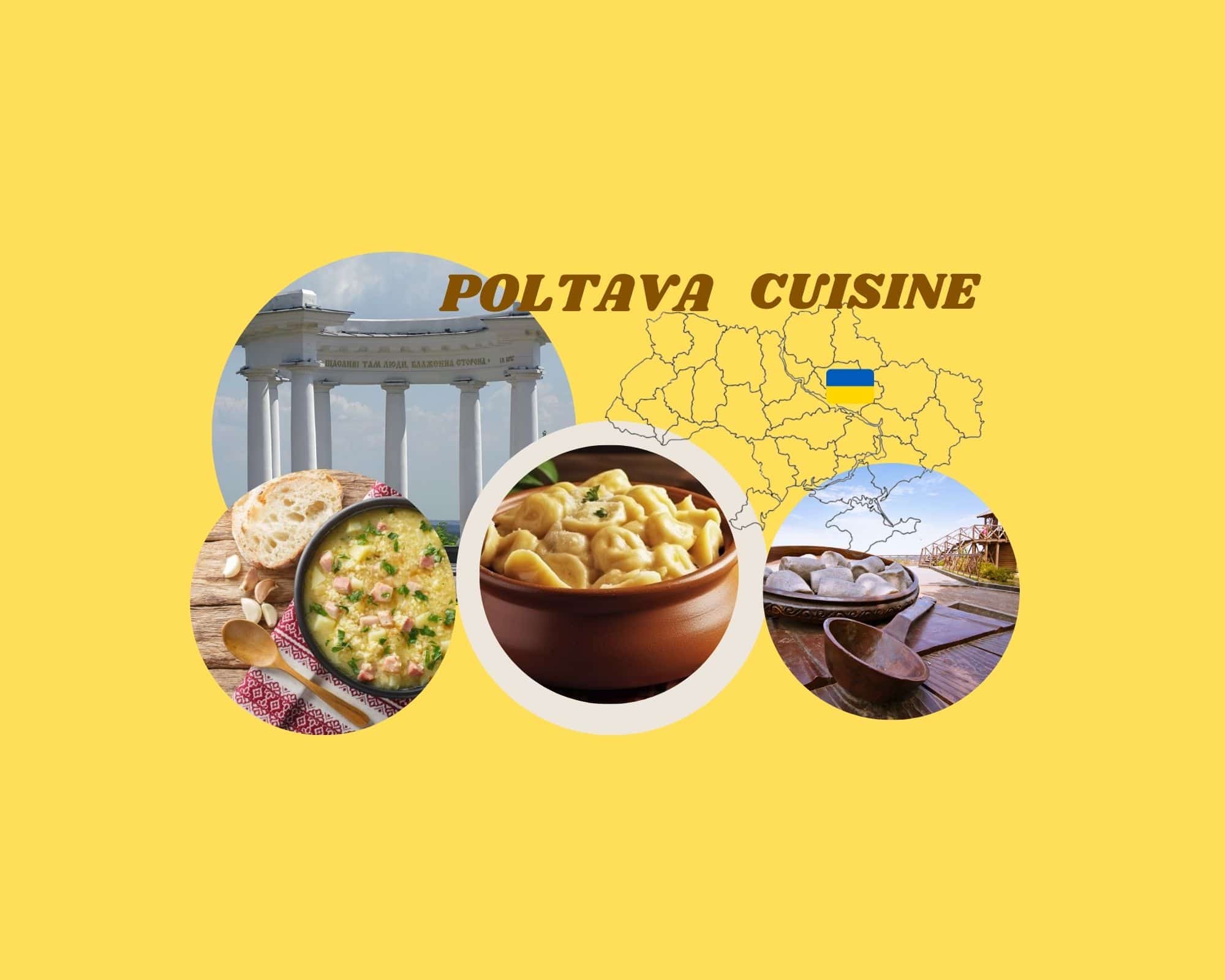The Easter egg is an essential attribute of the celebration of Orthodox Easter in Ukraine. Many Ukrainians use the dyeing technique: this is an easy and relatively quick way to decorate eggs for a holiday. These eggs are called krashanky (the name derives from the Ukrainian word for “krasyty” (to paint). Some talented craftsmen create more complex images for Easter eggs called pysanky. They are known for the combination of several colors and various intricate patterns and pictures.
But what is especially interesting: krashanky and pysanky carry both symbolic and aesthetic value. Easter eggs also have ritual significance. According to historical sources, various Ukrainian Easter traditions have always been associated with them.
The legend of the Hutsuls about Easter eggs
In Hryniava, the village in the Hutsul region (Ivano-Frankivsk oblast), an exciting legend has been preserved, which demonstrates the significance of Easter eggs and even the dyeing process. So, according to the legend, the ancient evil spirit Pekun lives in a dark ravine. He is chained to a rock with twelve chains and cannot get out of there, but he can send his servants, little devils, to the earth. They go from house to house and find out how people live.
Then Pekun asks his servants: “Do the children respect their parents or not? Does the neighbor envy the neighbor or not? Do women draw Easter eggs or not?” When his messengers answer that children do not respect their parents, neighbors envy each other, and women do not decorate eggs for Easter, then he rejoices. If the opposite happens, Pekun cries and tries to break the chains. According to the legend, his deeds depend only on whether women paint Easter eggs or not. How long they do this, so long will the world stand, and when they stop, the end of the world will come.
Therefore, people believe that decorating Easter eggs is very important, and pysanky and krashanky acquire the properties of talismans.
Customs associated with pysanky and krashanky
For a long time, many Ukrainians have long kept Easter eggs in their homes as a talisman against all sorts of illnesses, poverty, and grief. Such beliefs can be explained by the desire to protect oneself, one’s loved ones, and acquired things from natural or otherworldly forces.
Thus, pysanka has become the most popular means of protecting the household. Indeed, owing to their origin and connection with the divine world, Easter eggs were credited with enough strength and ability to help fulfill people’s wishes to prevent dangers and help in overcoming misfortunes.
There is no exact confirmation of the ritual meanings of the traditional pysanka. However, many stories and legends in folk art help reveal the mystery of the Easter eggs’ purpose. But given the exceptional importance of pysanka in the minds of Ukrainians from antiquity to the present, one can easily guess that it must have been some very important religious attribute many centuries ago.
Even in the modern cities of Ukraine, where they believe less in the magical power of Easter eggs, it is still customary to follow the old traditions. Only the cross and the home icon, which are in almost every Orthodox Ukrainian home, could acquire greater significance.
The magical power of pysanky
Pysanka is considered a thing that destroys the harmful influence of evil spirits and protects you from evil spirits. Even the ancient Romans treated the sick by rubbing their bodies with eggs. They were convinced that the disease passes from the body into the egg, and as a result, the patient recovers quickly. Since such an egg absorbs diseases, it must be thrown somewhere far away. No one dared to break it because the ailment hidden inside could negatively affect others.
Ukrainian healers believe in the healing effect of pysanka. So, in ancient times, severe fever was treated in this way: an Easter egg was hung around the patient’s neck, and this egg should lay in the church the night before Easter. Another treatment option is to pre-dry several eggs, grind the yolks into powder, mix them with water, and give the person to drink.
Pysanky were also used to extinguish the fire. If there was a fire, Easter eggs were thrown into the flame in the hope that they would put out the fire.
It was believed that Easter eggs had the power to influence crop yields. Therefore, ancient Ukrainians, going for the first time in the field in early spring, took with them Easter egg shells and buried them in the ground. They believed such a ritual would help to harvest more by autumn.
By the way, pysanky carry the power of love. Ancient Ukrainians believed that they could help awaken or strengthen the feelings of love. The girl was preparing the most beautiful pysanka for the one she loved. It was perhaps the best way to express one’s feelings.
There are so many legends and traditions related to Easter eggs. Specific events in a particular historical period caused all of them. Some rituals sunk into oblivion, and some continue to exist in modern Ukraine.








